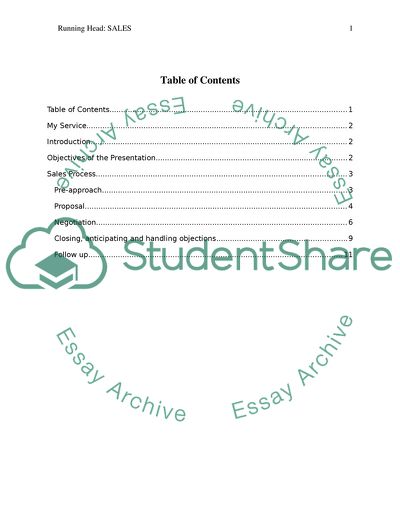Cite this document
(Sales Presentation of Sports Club Research Proposal, n.d.)
Sales Presentation of Sports Club Research Proposal. Retrieved from https://studentshare.org/marketing/1770742-sales-presentation-paper
Sales Presentation of Sports Club Research Proposal. Retrieved from https://studentshare.org/marketing/1770742-sales-presentation-paper
(Sales Presentation of Sports Club Research Proposal)
Sales Presentation of Sports Club Research Proposal. https://studentshare.org/marketing/1770742-sales-presentation-paper.
Sales Presentation of Sports Club Research Proposal. https://studentshare.org/marketing/1770742-sales-presentation-paper.
“Sales Presentation of Sports Club Research Proposal”, n.d. https://studentshare.org/marketing/1770742-sales-presentation-paper.


